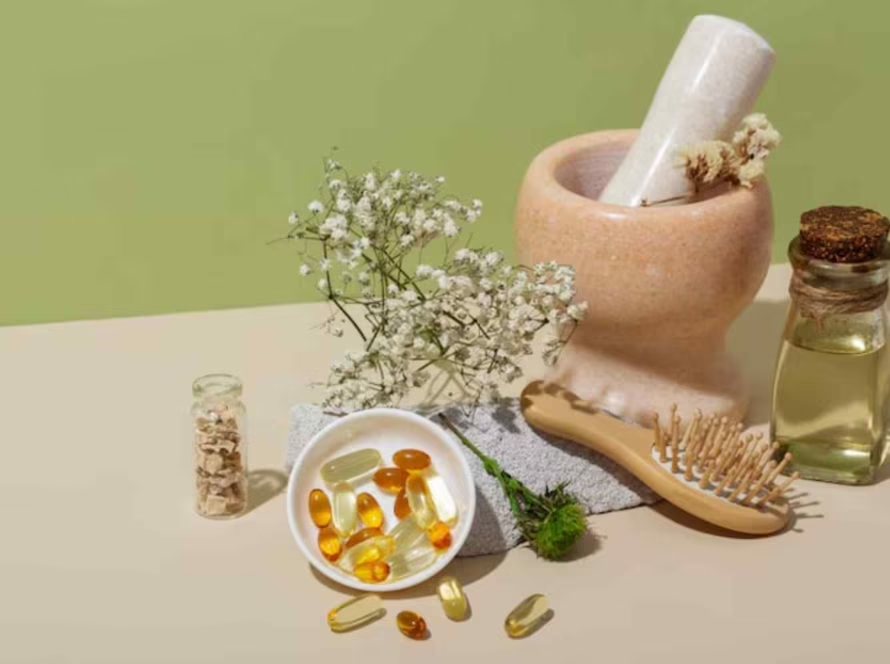How to Reduce Heart Risk Before It Shows Up
Your heart doesn’t wait for permission to fail. It won’t tap you on the shoulder before trouble starts. Most of the time, heart disease builds up quietly, slowly, without any warning signs at all.
That’s what makes it so dangerous. You could feel perfectly fine while your risk is growing under the surface. But the good news? You can step in early.
You can prevent heart disease, not with a crash diet or a quick fix, but with small, consistent choices that add up over time. This guide will walk you through the early signs, the causes, and the simple steps that protect your heart before it ever shows symptoms.
Why Heart Disease Often Goes Undetected
Heart disease is often invisible until it’s not. You could be running errands, chasing toddlers, or sitting in traffic with no clue that your arteries are narrowing. That’s the scary part.
Many people assume heart issues only happen to the elderly. Or to people who “look unhealthy.” But heart problems can affect those in their 30s, even 20s, especially if genetics or lifestyle aren’t working in your favor.
Sometimes, your body gives subtle warnings, but they’re easy to dismiss. A little fatigue? Blame the kids. Shortness of breath? Maybe you’re just out of shape. However, brushing off symptoms doesn’t make the risk disappear.
Recognizing the Early Signs of Heart Problems
These symptoms don’t come with flashing lights. They’re quiet, familiar, and easy to explain away. But recognizing them early can change everything:
- Unusual fatigue that doesn’t improve with rest.
- Shortness of breath while doing normal activities.
- Chest discomfort that feels like pressure or tightness.
- Swelling in the ankles or feet.
- Heartbeats that skip or flutter unexpectedly.
These might sound vague, and they are. But they matter. Think of them like whispers from your body, asking you to pay attention before they become screams.

How to Lower Heart Risk Naturally
You don’t need a lab coat to take care of your heart. Some of the most powerful tools are in your kitchen, your shoes, and your daily routine. Here’s how to make them work for you:
1. Eat a Heart-Healthy Diet
Start small. Add more colorful fruits and veggies to your plate. Swap white bread for whole-grain bread, and use olive oil instead of butter whenever possible.
Cut back on salt, sugar, and anything that comes in a shiny wrapper with mystery ingredients. Fish, nuts, leafy greens, and berries are all heart heroes.
2. Exercise Regularly
You don’t need a gym membership to move. Brisk walking, dancing, or even yard work counts. Aim for 30 minutes a day, five days a week, and build from there.
3. Manage Stress and Sleep
Stress pushes your heart harder than you think it does. Meditation, breathing exercises, or even journaling can help offload some of that pressure. And if you’re not getting 7–9 hours of sleep a night, your body is working overtime, especially your heart.
4. Quit Smoking and Limit Alcohol
This one’s big. Smoking wrecks your arteries. If you drink, keep it in check. A little might be okay, but more than that adds risk fast.
When you build these routines into your day, you’re not just existing; you’re protecting.
Heart Disease Prevention Tips for Every Age
Your heart is with you for life. Start taking care of it early, and it’ll carry you farther. Here’s what you can do at different stages:
In Your 20s–30s:
- Learn your family history.
- Watch your weight and blood pressure.
- Don’t normalize stress or burnout.
In Your 40s–50s:
- Schedule annual health screenings.
- Focus on balancing hormones and managing cholesterol.
- Make time for exercise even when life feels full.
In Your 60s and beyond:
- Stay active and social.
- Follow up on any unusual symptoms, even if minor.
- Keep up with medications and diet recommendations.
Building healthy habits for heart health isn’t a one-time fix. It’s something you do in layers, year after year, with choices that add up.
How to Monitor and Reduce Cardiovascular Risk
You can’t improve what you don’t measure. That’s where monitoring comes in. Knowing your numbers gives you power.
Here’s what matters most:
Measurement | Ideal Range | Why It Matters |
Blood Pressure | Under 120/80 mm Hg | High pressure strains the arteries |
LDL Cholesterol | Below 100 mg/dL | Too much can clog your vessels |
HDL Cholesterol | Above 60 mg/dL | This one helps remove bad cholesterol |
Triglycerides | Below 150 mg/dL | Linked to fat buildup in arteries |
Fasting Blood Sugar | 70–99 mg/dL | High levels can mean early diabetes risk |
Body Mass Index (BMI) | 18.5–24.9 | Tied to weight-related heart issues |
Get a complete checkup once a year. Wearable tech can help track trends like heart rate and sleep, but it’s not a replacement for lab work. Use both to stay in the loop.

A Lifestyle Roadmap to Prevent Heart Disease
This isn’t about overhauling your life overnight. It’s about making one good choice at a time. Here’s a simple roadmap to help:
- Grocery List Ideas:
- Oats, beans, spinach, avocados, wild salmon, almonds, flaxseed
- Skip sugary drinks, processed meats, and chips
- 1-Week Workout Plan (Sample):
- Monday: 30 min brisk walk
- Tuesday: Yoga or bodyweight exercises
- Wednesday: Light cycling or dance
- Thursday: Rest or stretch
- Friday: 30 min jog or swim
- Saturday: Hiking or a long walk
- Sunday: Deep stretch + mindfulness
- Daily Stress & Sleep Tips:
- Set a consistent bedtime.
- Turn off screens 30 minutes before sleep.
- Try box breathing (4-4-4-4 count) during tough moments.
These little shifts create momentum. That’s how change sticks.
Conclusion
You don’t need to wait for a health scare to make a shift. Your heart is working every second; reward it with care, movement, and nourishment.
The earlier you act, the better your chances of preventing heart disease. Take a moment today to tune in, then take one step forward. Whether it’s improving your habits or joining a supportive wellness community, Lifespire Memberships can help you stay on track.


